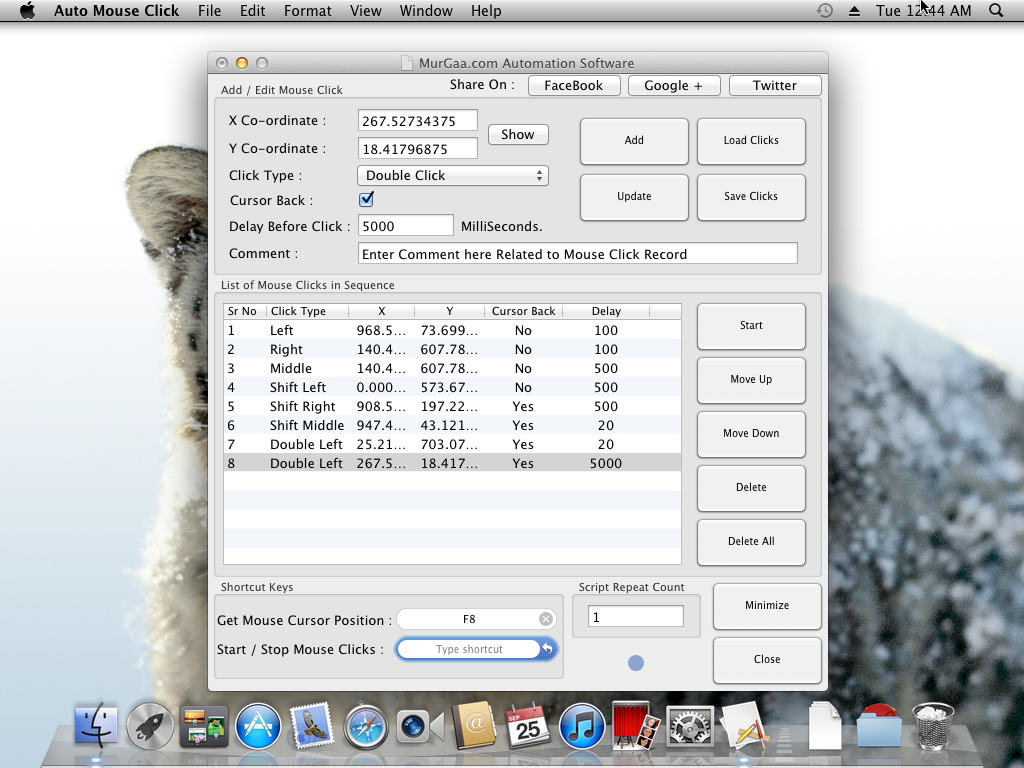

- #Mac os automation how to#
- #Mac os automation for mac#
- #Mac os automation mac os#
- #Mac os automation install#
- #Mac os automation update#
Then, check the installation with the below command: Open a terminal and run the below command.

It is used for building and managing Java-based projects by using dependencies. Let’s run appium doctor and see what we should do for Appium.
#Mac os automation install#
In order to install it, run the below command: Run the below command:Īppium Doctor checks most of the preconditions for appium to run successfully. In order to access web views on real iOS devices, we need to install this tool. In order to install it, run the below commands: We need this utility to run tests on real devices. Ideviceinstaller helps us to install, uninstall, upgrade, archive, restore, and enumerate installed or archived apps. We can install and debug apps from the command line without using Xcode. To deploy our apps to our devices by using ios-deploy. In order to install it, open a terminal window and run the following command:

We need this tool for running our tests on real devices. Once installed, Launch Xcode and select Xcode > Preferences > Components to install the simulators that you might want to test against.Īuthorize-ios is a utility that pre-authorizes to run UIAutomation scripts on iOS devices. In order to run our tests on real devices, we need to install libimobiledevice dependency by executing brew install libimobiledevice command on terminal.ĭownload Xcode from Mac AppStore and install Xcode. Then, you will see the appium logo in your applications when you click on the launchpad icon as shown below. dgm file and drag and drop the Appium into Applications as shown below. When the download finishes, double click the. Let’s go to this link: and download appium for mac. If everything is successful, then try to start appium as below commands: cd Open a terminal and type sdkmanager -listĪnd type “uiautomatorviewer” to check uiautomatorviewer is working properly. Then, run the below commands to verify the settings:Īfter that, check your settings and installations. Then, paste the below commands: ( Change your user name! Not use my username “onur”).Įxport ANDROID_HOME=/Users/onur/Library/Android/sdkĮxport PATH=$ANDROID_HOME/platform-tools:$PATHĮxport PATH=$ANDROID_HOME/tools/bin:$PATH
#Mac os automation update#
If you are updating your current version with the new one, you can click the update button for all updates for Android Studio.ĭo below settings in. When u open and select the default settings, Android Studio will start to download the required libraries as shown below.
#Mac os automation mac os#
If you have MAC OS 10.5 or newer you can just use the below lines:Įxport JAVA_HOME=$(/usr/libexec/java_home)

Library/Java/JavaVirtualMachines/jdk1.8.0_192.jdk/Contents/Home If you are using higher-level JDK such as JAVA11 or JAVA15 or even greater, please download those JDK versions.Īfter installation checks the below path to find JAVA HOME, for my version it is as shown below.
#Mac os automation for mac#
You should go to the below link and install JAVA JDK for MAC OS. I will try to explain each step respectively.
#Mac os automation how to#
In this article, we will learn how to install Appium on MAC OS with all external tools and components.


 0 kommentar(er)
0 kommentar(er)
